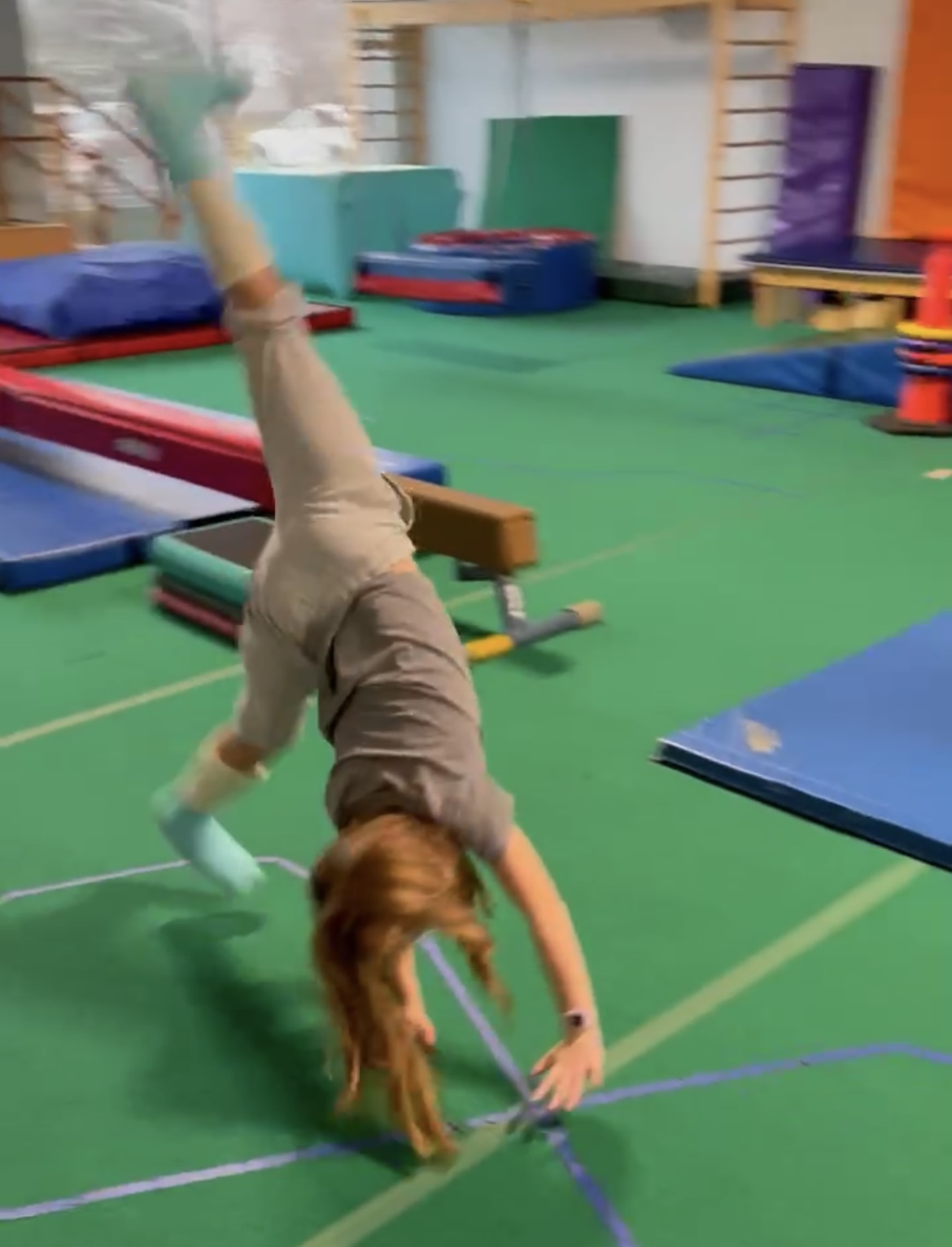Serial Casting- Casting That’s Not for Broken Bones

Written on February 24, 2023
Summary
Dynamic serial casting is a conservative treatment method in which skilled physical therapists apply and remove a series of lightweight casts to a patient’s leg(s) in order to improve foot alignment and increase range of motion.
Dynamic serial casting is a conservative treatment method in which skilled physical therapists apply and remove a series of lightweight casts to a patient’s leg(s) in order to improve foot alignment and increase range of motion. The goal of serial casting is to improve range of motion in order to prevent chronic skeletal issues, reduce falls, improve function and efficiency, improve the child’s walking pattern, decrease current pain or prevent future pain, and improve alignment for future orthotic use. Serial casting can help to delay or prevent the need for surgical intervention.
The casting process is performed by skilled physical or occupational therapists. A soft, semi-flexible casting material is applied over stockinette that is padded to protect bony prominences (natural bony points such as the ankle bones) and wrapped in a layer of cotton wrap. The joint is carefully positioned in a neutral position to maximize alignment and gently stretch the soft tissue, with the position maintained throughout the casting process. The child wears and walks (and squats, walks up and down stairs, and stands) on the cast for several days (typically 4 days on and 3 days off), with increased movement and weight bearing allowing for increased gains throughout the casting process. This process is repeated every week for 6-12 weeks until the desired range of motion gains have been made. Notable and measurable gains can be noted in just a few casts, too!
Conditions that can be addressed with serial casting:
*This is not an exclusive list, as serial casting can benefit a wide variety of patients. Patients who are younger typically make quicker gains throughout the serial casting process; however, patients of any age can participate (and have participated) in serial casting.
- Cerebral Palsy
- Idiopathic Toe Walking
- Club Foot
- Charcot-Marie-Tooth
- Traumatic Brain Injury
- Duchenne Muscular Dystrophy
- Spasticity (abnormal muscle tone)
- Contractures
This noninvasive process is designed to make gains while having limited impact on the child’s typical daily activities. Children can play, stand, and walk within their home, school, and community and participate in after school activities and sports (with the exception of swimming and water play). It is typically not a stand alone treatment method. Casting typically coincides with or is followed by ongoing physical or occupational therapy, and a referral for a pediatric orthotic evaluation to continue to maximize the gains made throughout the serial casting process.
Check out BDI’s Serial Casting page or ask your child’s BDI physical therapist for more information.
Cassidy Bannon, PT, DPT
